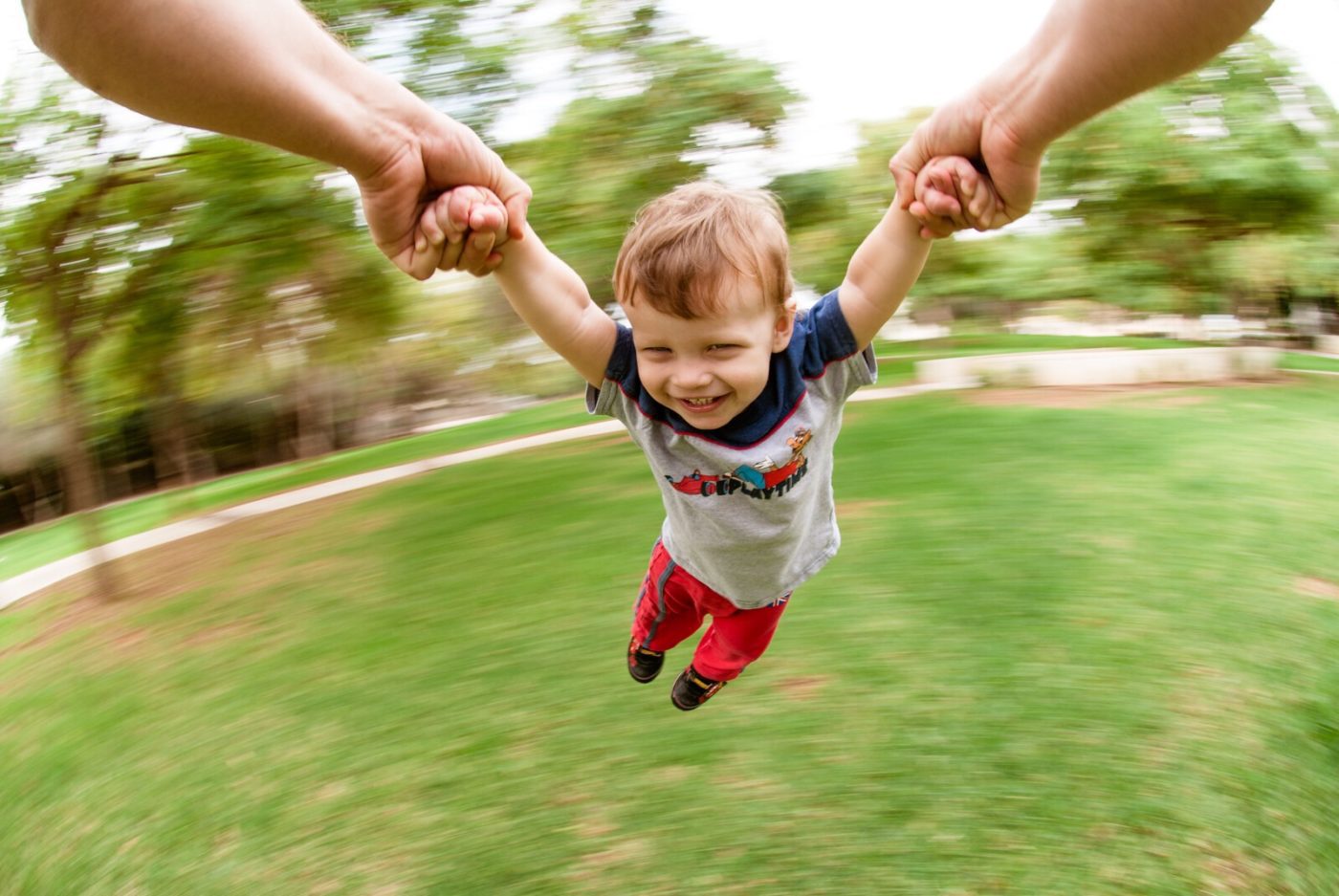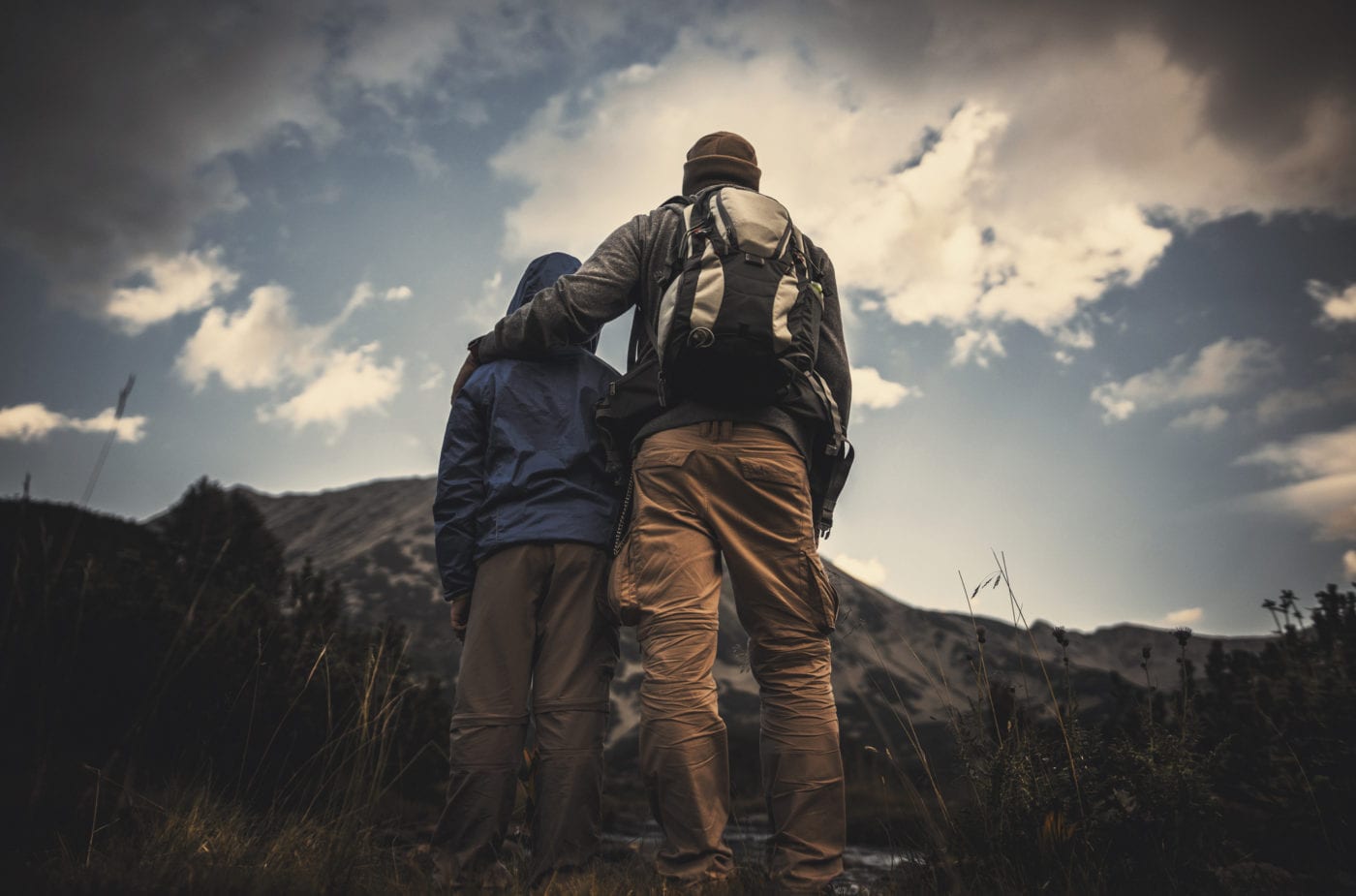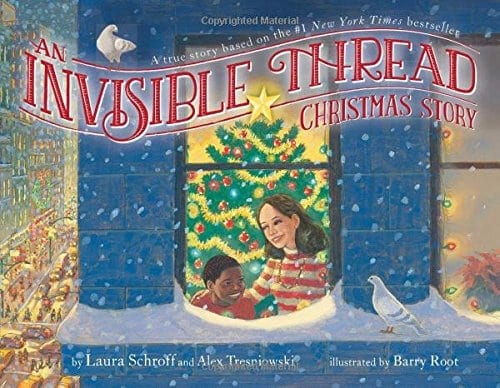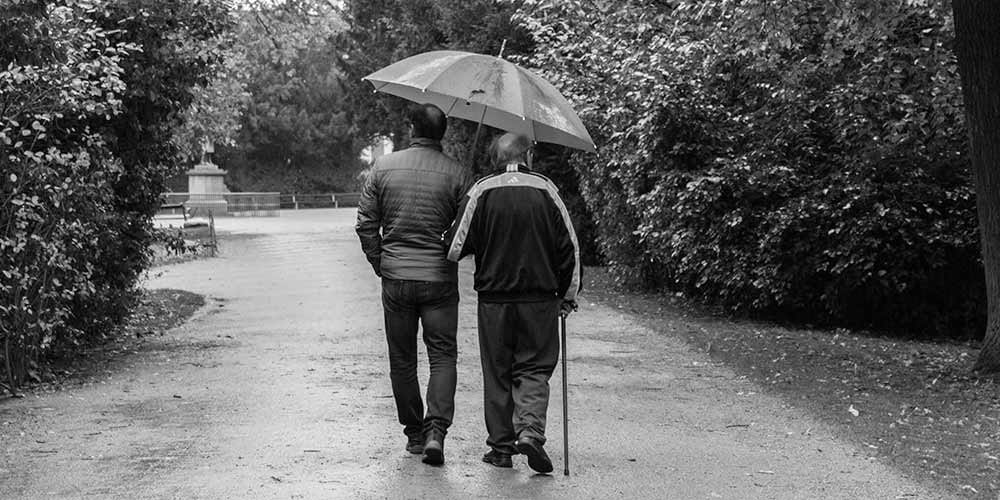Nothing prepares young parents for the first time they take their toddler to a home with a swimming pool. Inevitably, that child will locate the water and make a beeline right for it. It catches us off guard because we forget that kids aren’t naturally afraid of things like drowning. We have to teach them that. Luckily, we’re pretty good at training our kids to be afraid of things: strangers, animals, the dark, clowns…
There is wisdom in this. Children are vulnerable, and as their parents, it is our responsibility to help them navigate the dangers of the world well. But navigating danger is different from avoiding anything potentially dangerous. In our desire to protect our children from danger, we have too often attempted to create a world for them devoid of risk. There are two problems with this approach.
1. A risk-free world is a mirage.
2. Eliminating risks eliminates adventure.
New Parenting Perspective
As Danish philosopher Soren Kierkegaard said, “To venture causes anxiety, but not to venture is to lose one’s self … and to venture in the highest is precisely to be conscious of one’s self.” A full and meaningful life must include adventure. But if our kids are going to live an adventurous life there is one thing they must consistently hear from us: Do not be afraid.
I’m not suggesting that we teach them to be naïve or careless, but we can both teach them that there are dangerous things in the world while at the same time calling them to face those realities with courage. Courage and caution are not mutually exclusive.
How to Teach Kids to Live Fearlessly
So how do we teach our kids to live free from fear? Here are 5 suggestions:
1. Teach them they are loved.
It’s remarkable how much courage comes from knowing you are deeply loved. Learn how to communicate love to your child in the unique way he or she understands it (which may or may not be what is most natural for you).
2. Model an adventurous and meaningful life.
Take up a challenge with your kids that connects them to a bigger story. Find a 5K where the money goes to make a difference and train with your child to run it. As a family, invest generously in a cause you believe in (allow your child to help choose) and require your child to earn a percentage of what you give. If you’re planning a family vacation, go to a national park where you’ll hike the mountains or gaze out over the Grand Canyon to give your child a sense of the vast world around us. Consider visiting Gettysburg or making a stop on the Underground Railroad or at Ellis Island so your child can hear stories of real people who, with great courage, faced significant challenges.
3. Encourage failure.
Far too often we teach our kids, either explicitly or implicitly, that the worst thing that could happen would be for them to fail. This is false. Wisdom comes as we try something, fail, then learn from that failure. Allow your kids to take on things that are challenging—and don’t rescue them. When they struggle or fail, help them to learn valuable lessons, including that failure is not fatal! And then send them out to try again.
4. Prepare them.
Talk to your kids about how to set boundaries. Teach them how to handle money responsibly and generously. Sign them up for a self-defense class. Help them make good friends. Yoda required Luke to train. Don’t send them on adventures unprepared.
5. Share your stories.
Are there times in your life when you stared down your fears and came out the other side? Share those stories with your kids—the successes and the failures.
Sound off: What do you do to encourage your kids to be fearless?











Huddle up with your kids and ask, “What is your biggest fear?”